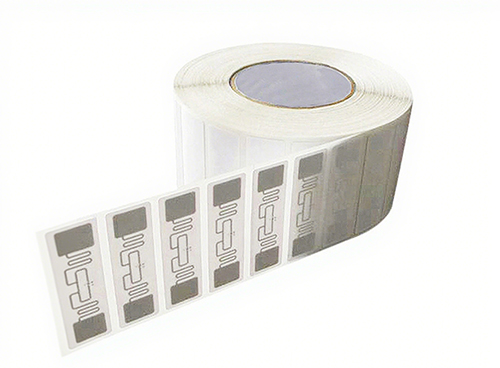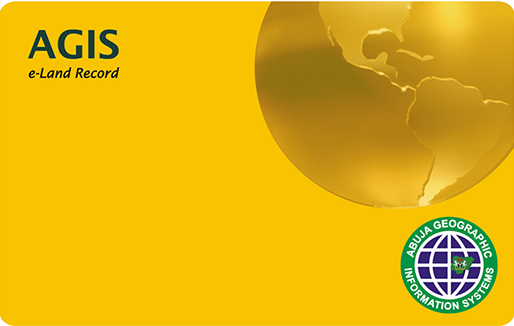Hot News
Can passive RFID tags be used even if they are out of power? Revealing the black technology of "wireless charging"!
You may not know that many anti-theft tags on supermarket products, library loan cards, logistics package tracking chips, and even identity cards on pets - these RFID tags do not require batteries at all, but can be "activated across the air" by the card reader and transmit data! How do they do it? What is the difference between passive RFID and active RFID? Today we will unveil this magical technology of "working without electricity"!
1. Where does the "power supply" of RFID tags come from?
The core of RFID (radio frequency identification) technology is “wireless communication”—the card reader transmits radio waves of specific frequencies, which are like “energy couriers” that not only transmit instructions, but also “charge” the tag chip to make it work. According to whether the tag comes with its own battery, RFID is divided into three categories: passive, active, and semi-active. Passive RFID is the absolute "power-saving king"!
2. Passive RFID: No battery, rely on "stealing electricity" to work!
There is no battery inside the passive RFID tag, and the structure is super simple: there is only a small chip (storing data) and a thin layer of antenna (receiving signals). When it is close to the card reader, the radio waves emitted by the card reader (often 125KHz low frequency, 13.56MHz high frequency or 860-960MHz ultra-high frequency) will "collide" the antenna of the label, which converts the energy of these waves into electrical energy, activate it like "wireless charging" the chip! After the chip is activated, the stored information (such as product ID and access control permission) is immediately transmitted back to the card reader in the form of radio waves through the antenna to complete the identification.
✅ Core Advantages:
• No battery: It is powered entirely by the radio waves of the card reader, and its life span is unlimited (as long as the chip is not broken, it will be fine for decades to use)!
• Low cost: Simple structure, no battery components, and the price is usually a few cents to a few dollars (suitable for large-scale labeling, such as supermarket goods, library books).
• Small and lightweight: The label can be made into a coin size or even thinner, and it is not burden-free when applied to product packaging, clothing tags, and pet collars.
• Maintenance-free: No need to replace the battery, zero cost for long-term use!
❌ Minor disadvantages:
• Read and write distances are close: usually only a few centimeters to a few meters (low frequency/high frequency passive tags), ultra-high frequency passive tags are slightly farther (up to about 10 meters), but are greatly disturbed by metal and liquids.
• Small data storage: Generally, only a few hundred bytes can be stored (enough to store ID or simple information), and a large number of files or pictures cannot be stored.
-
 Design your card for free
Get Free Design
Design your card for free
Get Free Design -
 Free Sample Cards
Get Free Sample
Free Sample Cards
Get Free Sample -
 24 hours online service
Contact Us
24 hours online service
Contact Us-
Office Phone
+86 189-3398-5004
-
E-mail
mailto:Mary@zfcards.com
-
Office Phone

 English
English Russian
Russian French
French Spanish
Spanish Portuguese
Portuguese Italian
Italian Arabic
Arabic German
German















